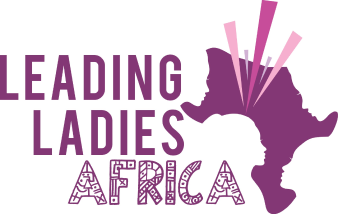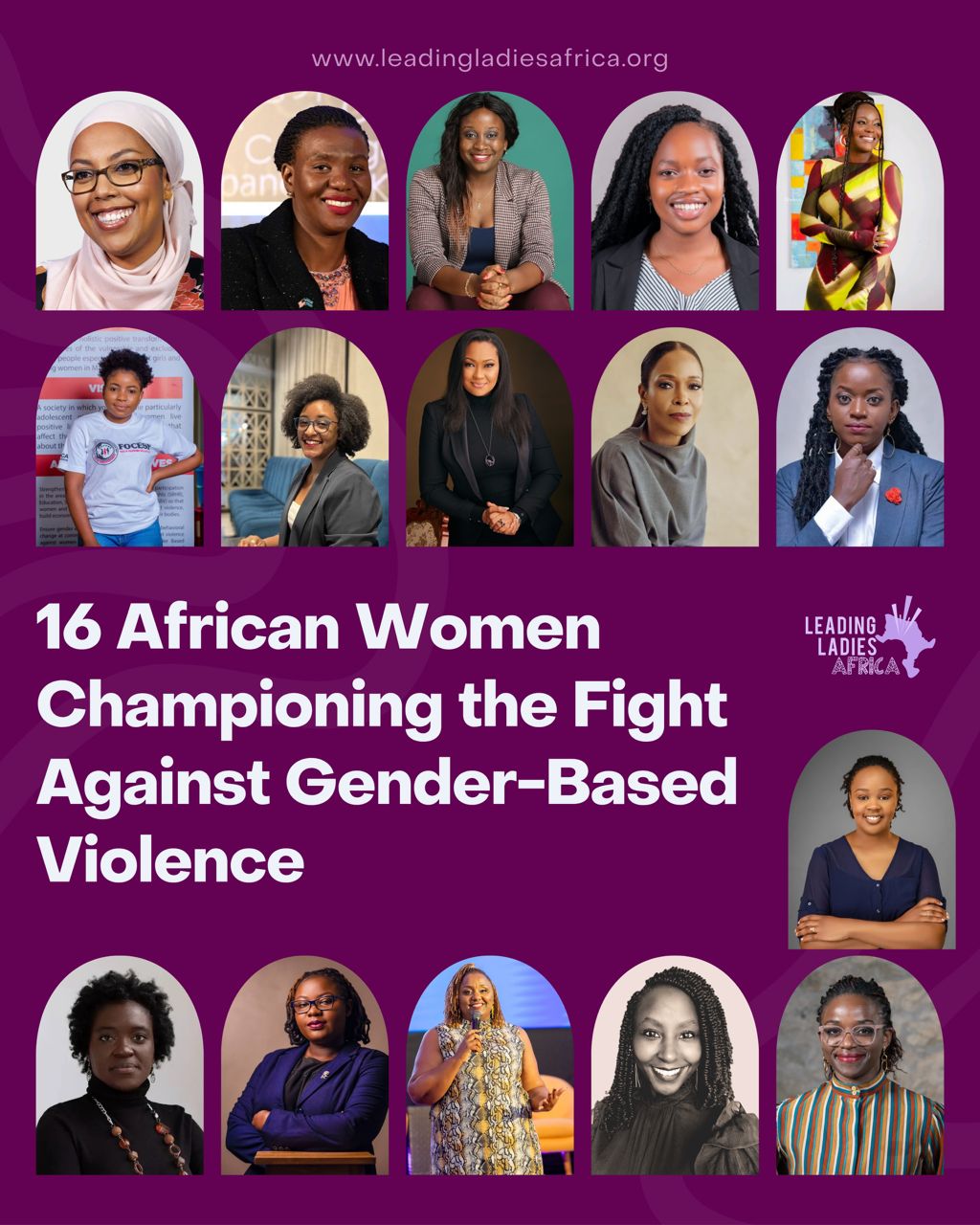Could you make do with 85 articles of clothing? It certainly sounds achievable.
A new report from the Hot or Cool Institute, a sustainability-focused think tank, suggests that 85 garments should be enough for the average resident of a high-income country with four seasons. This 85-garment threshold is also in keeping with the Paris Agreement’s goal of limiting temperature rise to 1.5°C above pre-industrial levels.
Fashion is already one of the world’s biggest producers of greenhouse gas emissions. This is set to increase further as prices continue to drop, consumption ratchets up, and the wear time of each garment plummets.
Transformation of the fashion industry is needed to avert the worst climate impacts. And this new research suggests that the transformation can be achieved equitably: ensuring that everyone has enough clothing, and enough income from producing clothing, for their needs.
Fair
The report “Unfit, Unfair, Unfashionable: Resizing Fashion for a Fair Consumption Space”focuses on the G20 countries, finding that Australia has the highest fashion consumption footprint (503 kg of CO2 equivalent per year), with Australians throwing away almost as much clothing as they buy each year. In contrast, India has the lowest in the G20 (22 kg). In Indonesia, 74% don’t have as much clothing as they need.
While these are enormous divergences, it’s not just inequality between countries that matters. Inequality within countries is also significant. According to “Unfit, Unfair, Unfashionable,” the fashion habits of middle- and high-income consumers in Indonesia, though these are a minority, are out of sync with keeping to a 1.5°C temperature rise. More broadly (and prepare here for an onslaught of the number 20), the richest 20% of people across the G20 countries emit 20 times more from fashion, on average, than the poorest 20%.
There’s plenty of classist shaming of the spending habits of less affluent people; news producers love to gawk at hordes of people queuing outside down-market retailers during sales, for instance. But clearly the richest are doing outsized damage to the environment.
Among the relatively well-off, there’s a pretty simple fix, which sustainability advocates have been shouting from the rooftops for years: buy less, and buy better. Buying less would lessen the climate impacts of producing, washing, and disposing of clothes; and buying better would help to distribute profits into the hands of garment workers. There’s more than enough to go around, if we even out the spread.
The single best way for people in rich countries to reduce the climate impacts of fashion is to buy fewer new clothes, emphasizes Lewis Akenji, managing director of the Hot or Cool Institute. The other measures – like buying secondhand, choosing more sustainable fabrics, renting clothes, and washing clothing less – are important, but pale in comparison to the sheer brute power of overconsumption.
For instance, secondhand shops aren’t a panacea. “This does not supersede the need to reduce consumption – and even more important, to reduce production,” Akenji says. For one thing, there’s the classic rebound effect of people feeling justified in buying more stuff because they think they can just drop off the excess at a thrift shop afterward.
All that excess helps to support the work of the charities running secondhand shops, it’s true. But it also contributes to vast piles of unwanted clothing ending up in landfills and waterways – and, if the clothing makes it to lower-income countries, to dependency and underinvestment in local garment industries.
This article was culled from Forbes.


